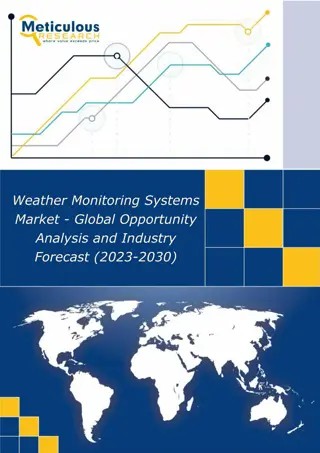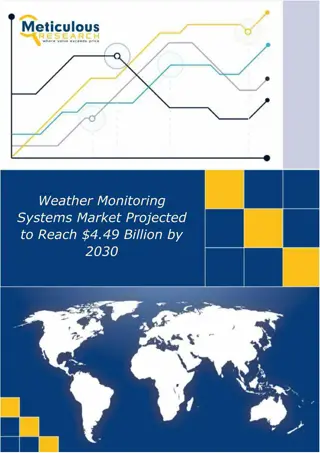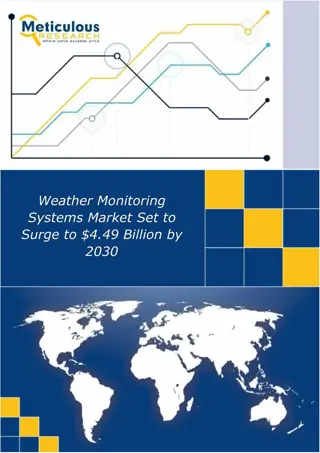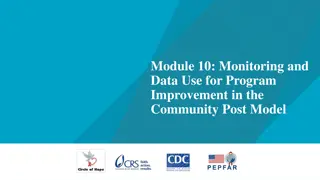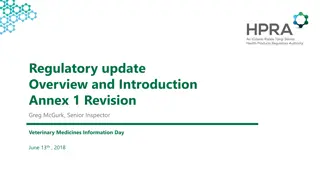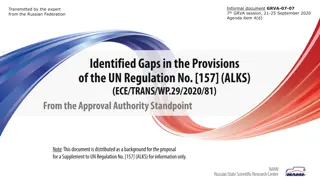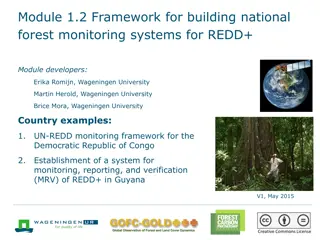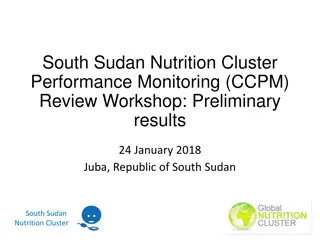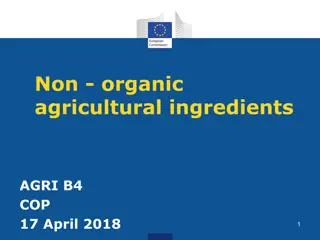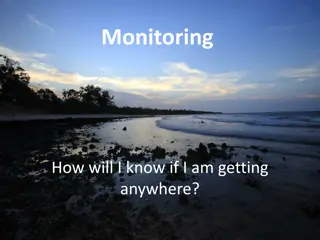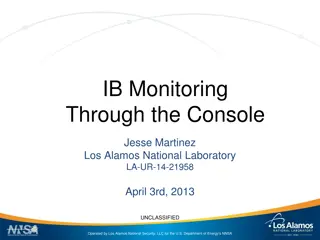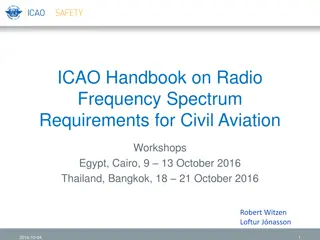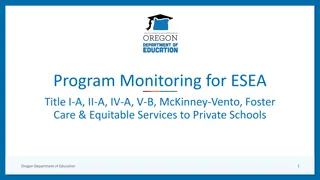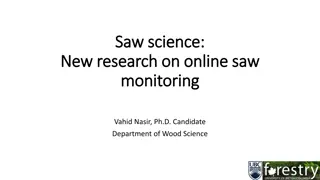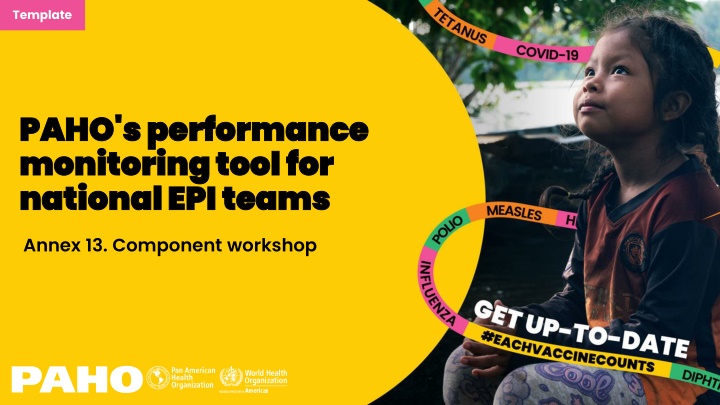
PAHO's Performance Monitoring Tool for National EPI Teams
Explore PAHO's performance monitoring tool aimed at self-assessing national immunization program performance across 13 EPI components. Learn how it helps identify successes, gaps, and priorities for improvement.
Download Presentation

Please find below an Image/Link to download the presentation.
The content on the website is provided AS IS for your information and personal use only. It may not be sold, licensed, or shared on other websites without obtaining consent from the author. If you encounter any issues during the download, it is possible that the publisher has removed the file from their server.
You are allowed to download the files provided on this website for personal or commercial use, subject to the condition that they are used lawfully. All files are the property of their respective owners.
The content on the website is provided AS IS for your information and personal use only. It may not be sold, licensed, or shared on other websites without obtaining consent from the author.
E N D
Presentation Transcript
Template PAHO's performance PAHO's performance monitoring tool for monitoring tool for national EPI teams national EPI teams Annex 13. Component workshop
Agenda Agenda Current status of immunization Aim and objective of the tool Different parts of the tool Rating questions on a maturity scale Key points to consider Gold standard
Current status of Immunization in Guatemala Current status of Immunization in Guatemala DTP3 coverage rates, Guatemala 96% -17% Multiple factors have changed since the last EPI evaluation COVID-19 pandemic 79% Introduction of the _ vaccine Government structure The health system s legal framework 2012 2022 Source:https://immunizationdata.who.int/compare.html?COMPARISON=type1__WIISE/MT_AD_COV_LONG+type2__WIISE/MT_AD_COV_LONG+option1__ DTP_coverage+option2__DTP_PLUS_coverage&CODE=GTM+PER&YEAR=
The tools objective is to The tool s objective is to Self-assess performance of the national immunization program in the country across 13 EPI components using a comprehensive performance management tool to identify successes and gaps and set priorities for the program
And it aims to And it aims to To self-assess the performance of each component of EPI (as shown in the diagram) Develop a national action plan for the improvement of EPI and to: Prioritize the recommendations that require immediate intervention Define the timeline for activities and budget required. Determine if further assessment or support is required to address gaps in a specific component.
We will review the component: SUPPLY OF VACCINES
The tool has different four main parts to The tool has different four main parts to it it 1. Questions 3. National/sub national level 2. Five-point maturity scale 4. Sub sections
The five-point scale helps to assess maturity across each question LEVEL 3: DEFINED The available elements are implemented with the functionality of a routine system. Biases or problems are not recognized. LEVEL 5: OPTIMIZED LEVEL 1: INITIAL All elements are available, reliable, complete, up-to-date and implemented in a standardized and efficient way. Insufficient or unavailable elements. 1 2 3 4 5 LEVEL 2: MANAGED The available elements present problems of completeness, updating, their use is not appropriate. LEVEL 4: QUANTITATIVELY MANAGED All items are available, reliable, complete, up-to-date. And some biases/problems are known that can be improved.
There are 3 key points to consider when scoring questions PAHO CIM advisors only provide support and technical clarifications. They do not provide recommendations to select a final rating The tool is designed for self-assessment EPI and promoting improvement in the program. It is not intended to evaluate or pass judgment on the country's performance. The maturity scale rating is not the primary focus; identifying the underlying causes of bottlenecks and achievements is what will aid the country's improvement.
To score a 5 in the overall component, we must meet the following criteria: Gold standard The country has established documented procedures for scheduling the annual demand for vaccines and supplies, which are utilized across all levels. The National Regulatory Authority is actively engaged in activities related to the EPI. Additionally, the country adheres to updated regulatory procedures for authorizing the introduction of vaccines under the WHO Emergency Use List (EUL) or Prequalification (PQ), as well as the official procedures for batch release of vaccines, with systematic monitoring in place. There have been no vaccine shortages in the last 12 months, and the vaccine wastage rates have consistently remained below the national guidelines for each vaccine.
A desk review conducted prior to the workshops revealed that the following documents relating to this components were unavailable Note: Please include the relevant table and slide from Annex 4b: situation analysis presentation Alter the heading based on the details in the table



